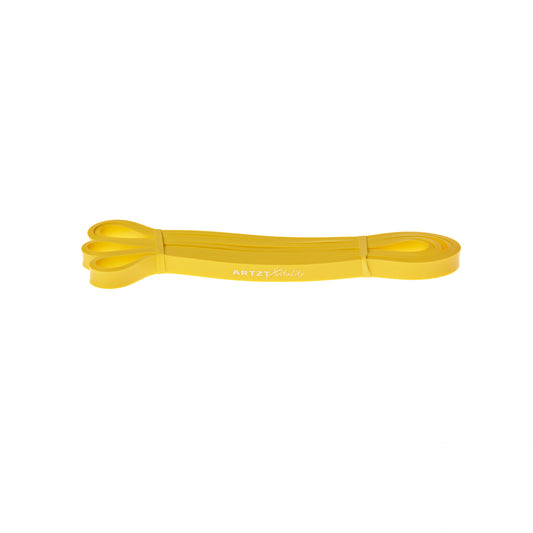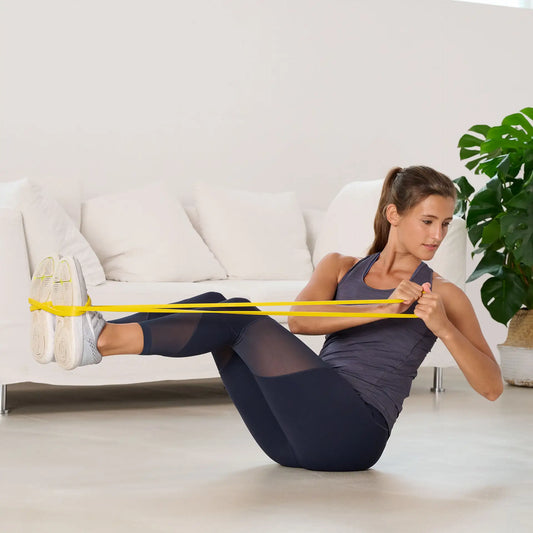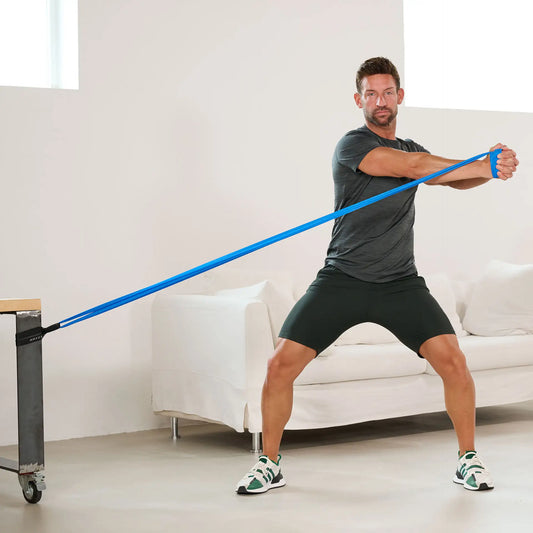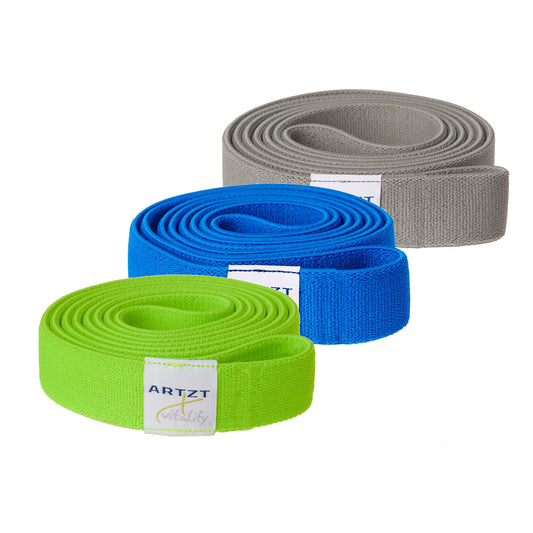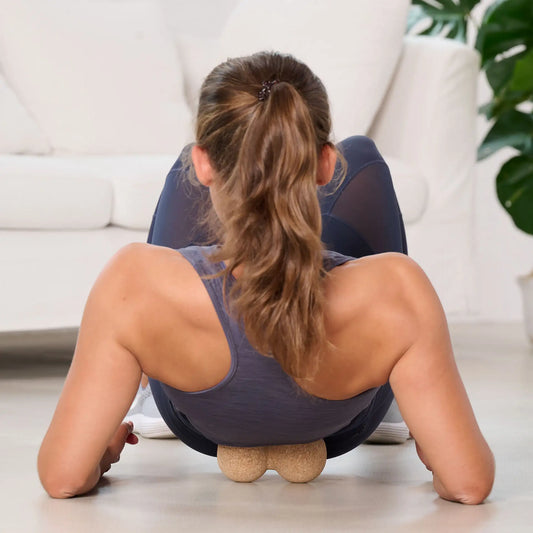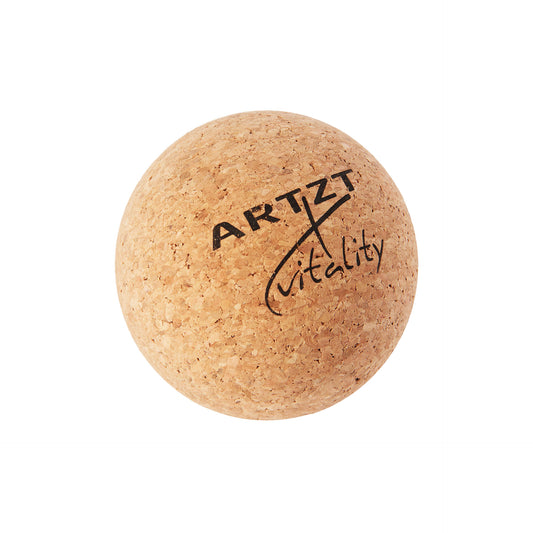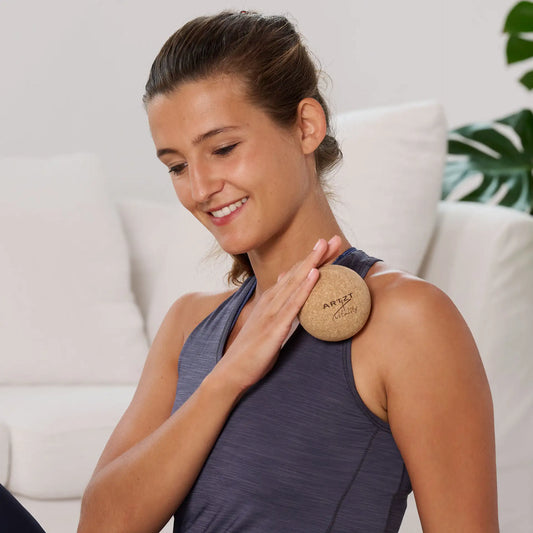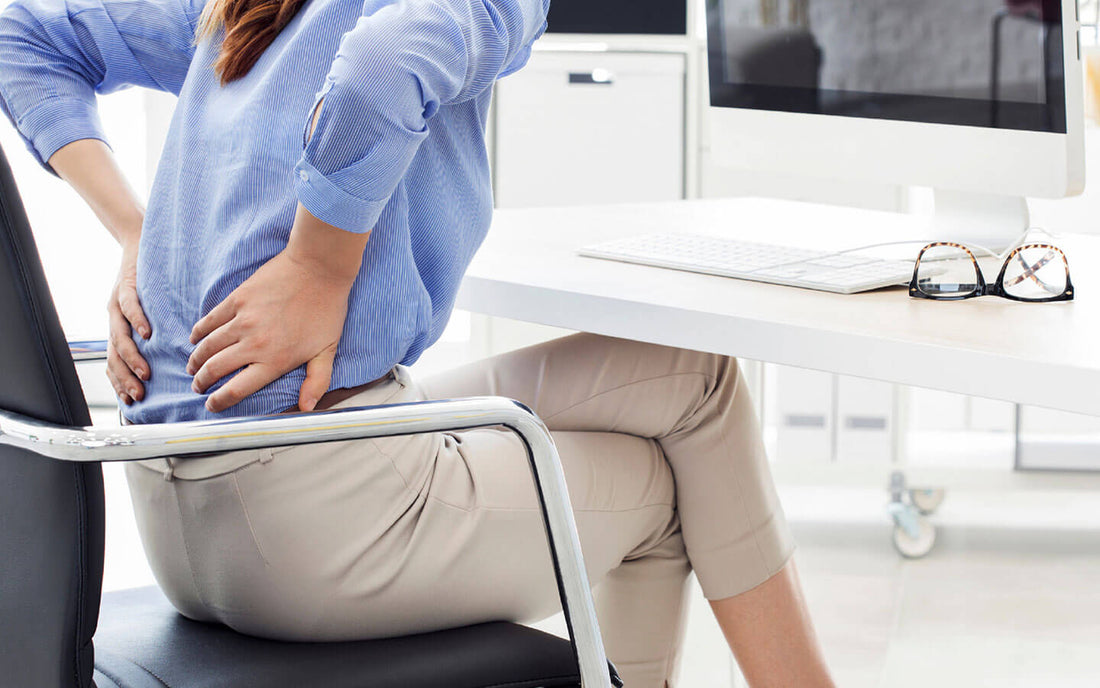
Back pain - you need to know that
Share
Reading time: 5 min.
It's frightening: 85-88% of all people will experience back pain at least once in their lives. This is what the back report 2020 and the back study (2003/2006) say. Professional athletes are just as affected as people who sit a lot for work reasons. Are there exercises for back pain? What is quick help for back pain? Find out in this short guide.
Contents
Causes of back pain - where does the back hurt?
What are the symptoms of back pain?
What can I do? Fast help against back pain
What helps against back pain during pregnancy?
The best fitness tools for back pain and for strong core muscles
The 5 best sports for a healthy, pain-free back
Exclusive interview with back expert Prof. Dr. Klaus Baum
Causes of back pain - where does your back hurt?
They most commonly appear on the lower back . This can be behind:
- lack of exercise
- Mostly sedentary work
- Unilateral load
- Signs of wear and tear due to age or excessive sport
- Psychological stress
Lower right or left back pain in particular is an indication of one-sided improper strain – for example through sport or through regular heavy lifting.
Middle back pain is often the result of muscle irritation and skeletal deformity. People who suffer from upper back and neck problems often adopt an awkward posture at work, causing painful muscle tension.
What are the symptoms of back pain?
It is often “just” a pull, but back pain in the lumbar vertebrae can be accompanied by other symptoms:
- signs of paralysis
- loss of feeling
- feeling weak
- Tingling and “sleepy” legs
- Pulling and pushing down into the legs
If you notice one or more of these acute symptoms apart from the pain, you should consult a doctor or orthopedist.
What can I do? Fast help against back pain
Exercises that relax the muscles and yourself will help with most back pain and compensate for incorrect loads. A strong core (back and abdominal muscles) is important because this protects your spine from overload.
Train these muscles to prevent back pain:
- Middle back muscles
- Lower back muscles
- back shoulder
- Lateral abdominal muscles
- Anterior abdominal muscles
- glutes
- Hamstring muscles
If movement is not possible at the moment, warmth helps. Place a hot water bottle or cherry pit pillow over the painful area. Heat loosens muscles and releases tension.
>> Reading tip: Strong back - 11 exercises with the fitness band
What helps against back pain during pregnancy?
A few months before the delivery is the Mobility of the pregnant woman restricted - which leads to increased back pain, especially in the lower back. In addition, there are hormonal changes that make muscles, joints and ligaments softer, which also puts a lot of strain on the back. The hollow back, which is supposed to compensate for the shifted center of gravity, does the rest to ensure that many women in the last trimester of pregnancy complain of back pain . You can do this:
- Gentle training and daily exercise
- Focus on a healthy, straight posture
- Pregnancy pillows that ensure a relaxed, balancing sleeping position
Light massages and warm baths are beneficial. Please make sure that you do not have your sacrum massaged and that you use bath water at the right temperature to avoid premature contractions.
The best fitness tools for back pain and for strong core muscles
Strengthen your back muscles with the fitness band . Doesn't cost much, fits in every pocket and you can easily train almost any muscle group at home.
With a foam roller you can gently massage your back muscles and reduce tension.
A trigger tool is ideal for trigger point treatment in the area of the lumbar spine and relaxes the muscles.
The 5 best sports for a healthy, pain-free back
Swimming trains all your muscle groups, including your back. Swimming can be the sport of choice, especially for people who are old, overweight or have joint problems, since "weightlessness" does not put any strain on the joints and the risk of injury is very low.
Muscle building training is, as the name suggests, responsible for pure muscle building. Losing weight or endurance training hardly take place here. Well-trained muscles make an important contribution to your health. It protects your joints and bones and also prevents injuries there. A well-trained back hurts less!
Hiking is perhaps the easiest way to keep fit. Hiking improves your endurance, strengthens your immune system, reduces the risk of cardiovascular disease and lowers blood pressure. Regular exercise in nature also reduces stress and lifts your spirits.
What does the back have to do with it? Quite simply: movement. If you hike, you don't sit and thus relieve your back. This also applies to regular walks.
Cycling brings you the same health benefits as hiking. In addition, you burn calories effectively and train your muscles - including those in your torso and back.
Contemporary side effect: If you get on your bike more often than in the car, you protect the environment and your wallet.
Cross-country skiing is one of the best sports when it comes to general fitness. It is easy on your joints and trains your leg and torso muscles as well as your shoulders and arms. The immune system and cardiovascular system are also strengthened.
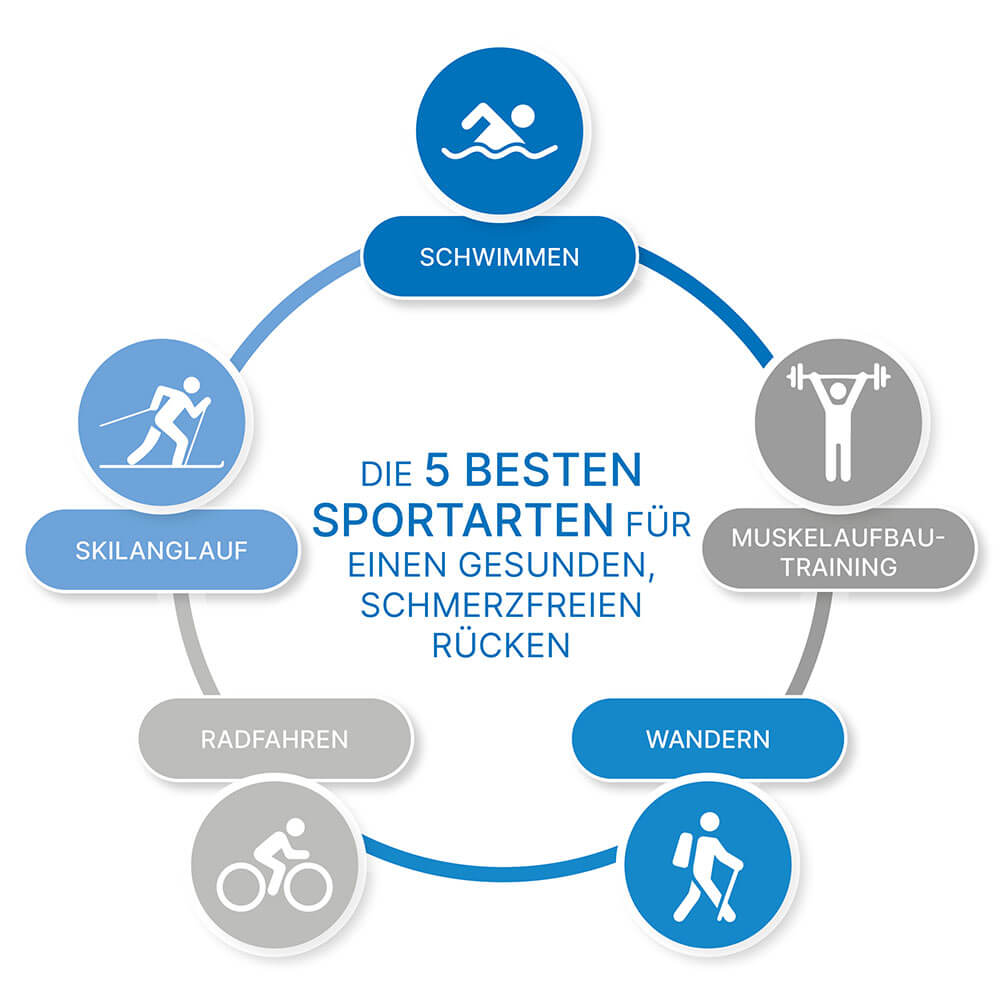
If you discover one or even more of these sports for yourself, you will find that you feel noticeably better, you get fitter, you feel better and you certainly suffer less from back pain.
It is important that you choose a sport that you enjoy. Because that is just as important in the sport of choice.
Exclusive interview with back expert Prof. Dr. Klaus Baum
If I have back pain, the best thing to do is go to the doctor right away, right?
You cant say it like that; only in the case of a sudden loss of muscular strength or a loss of sensitivity should an orthopedist be consulted.
What do you recommend?
Back pain should be seen as something that affects almost everyone at some point in their lives. I casually call back pain the “orthopaedic cold”.
And when a cold comes and goes away after a certain time, the back pain also goes away. Mental relaxation and mobility exercises are the best remedies for pain; if necessary, a painkiller can also be used.
What role do imaging procedures play in the treatment of back pain?
If an operation is pending - for example, in the case of major muscular failures or loss of sensitivity, imaging procedures are of course indispensable. However, as just described, most cases are less severe. And imaging methods don't help at all.
The doctor looking at the picture with the words “that must hurt” or “you have a herniated disc” increases the probability of chronification immensely, but the picture is of little or no help when it comes to choosing a therapy. In such cases one can say: The picture does not improve, but worsens the situation of the person concerned.
Why is relaxation important?
We know that even small increases in muscle tone (the tension in the muscle) can cause pain. And mental tension increases reflexively the muscle tone, especially in the back area. A mental relaxation therefore requires a reduction in pain.
So your recommendation is: reduce stress and be mobile? Does this also apply to avoiding back pain in the first place?
From professional athletes to unsportsmanlike office workers, almost everyone gets back pain at some point. But you can do something to ensure that such episodes occur as rarely as possible.
I have two tips for this: First: Consider the spine as a multi-linked, natural movement chain. In this sense, she wants to be challenged on a daily basis. Of course, lifting heavy loads should be done with a straight back, but don't be afraid to bend your back if you're picking up something light and also rotate around the longitudinal axis.
Secondly, a well-developed core musculature - the front and side abdominal muscles and the back muscles - protect the spine from overload. The workout is easy to do at home using elastic bands.
To person

Klaus Baum is a German sports scientist, physiologist and university lecturer. He teaches volleyball, ice hockey, athletics, judo, skiing and handball at the Cologne Trainer Academy. He also runs the "Prof. Dr. Baum Training Institute" in Cologne.
From 2004 to 2011 Baum was a performance diagnostician and condition trainer for the German national handball team and from 2012 to 2017 he was an athletic trainer for the Polish national handball team.
Baum's research focuses on the areas of causes and prevention of back pain, specific performance diagnostics in sports games and racquet games, training optimization in sports games, strength training and blood pressure behavior, cardiovascular adaptations to physical stress and trainability in old age.









